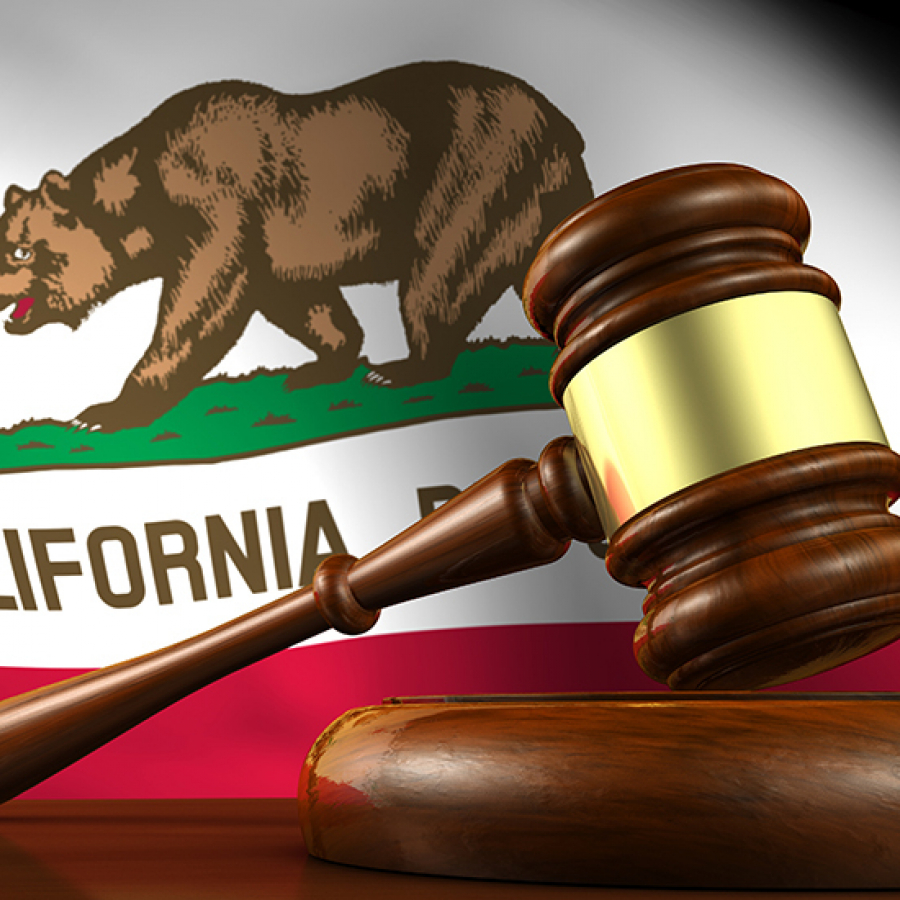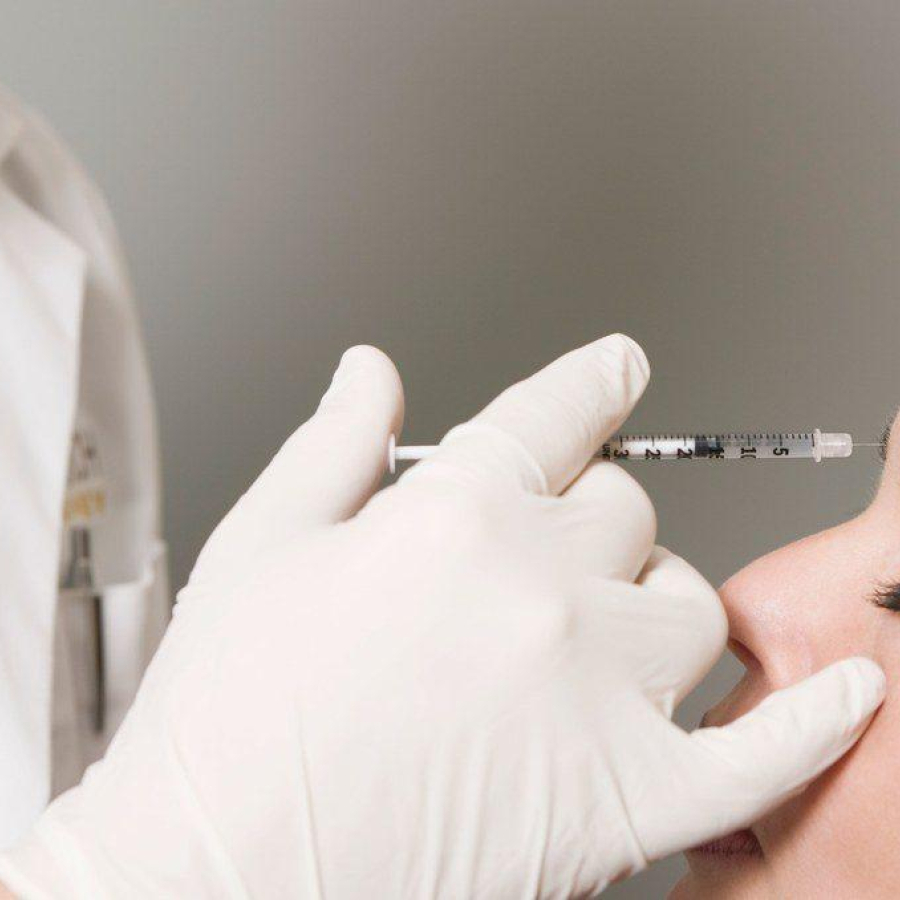
Legal
Second California Law That Affects MSOs Passes
California has now passed two laws that will have an effect on how investors, health care entities and management services ...

Show your committment to patient safety, legal compliance and community over competition.
AmSpa members receive preferred pricing on all AmSpa live and virtual trainings.
Get the latest news and information about safe, legal practice in medical aesthetics directly in your inbox.
Get access to med spa laws, in-person and online training and more!
Posted By Madilyn Moeller, Friday, August 25, 2023

When you work in health care, hearing about HIPAA is inevitable. There is a ton of information online about the Health Insurance Portability and Accountability Act of 1996 (HIPAA), but as a medical spa, finding information related to your business can be challenging. The HIPAA FAQs discussed below serve as a guide for medical spa professionals in meeting their requirements.
The HIPAA Privacy Rule sets standards for how your practice should use patient information and when disclosing that information to third parties is appropriate. This includes information sharing between providers, health plans and business associates.
The HIPAA Security Rule requires you to put security measures in place to secure patient information. Security measures should be “reasonable and appropriate” for your practice, which means that it is not expected for a small medical spa to have the same security measures in place that a hospital does. You must conduct a HIPAA security risk assessment annually to determine appropriate measures for your practice.

The HIPAA Breach Notification Rule requires you to report breaches that compromise the privacy or security of patient information. Breaches affecting fewer than 500 patients must be reported to affected patients and the Department of Health and Human Services (HHS) Office for Civil Rights (OCR); these breaches can be reported annually, by March 1 of the following year. Breaches affecting 500 or more patients must be reported to affected patients, HHS OCR and media outlets. Large breaches must be reported within 60 days of discovering the incident.
Protected health information (PHI) is individually identifiable health information created, used or disclosed during diagnosis or treatment.
The Department of Health and Human Services classifies PHI into 18 identifiers:
A Notice of Privacy Practices (NPP) describes how your practice may and may not use PHI and patients’ rights concerning their PHI. You must provide patients with your NPP on or before their first visit, and a copy must be available upon request.
You must obtain an authorization form from a patient to use or disclose their PHI for purposes beyond treatment, payment or health care operations. Signed authorization forms must be obtained for marketing purposes or reasons other than regular use and disclosure as outlined by your NPP.

PHI use and disclosure must be limited to the minimum necessary to perform a job function. The minimum necessary standard also requires PHI access to be limited based on an employee’s job role and access to the information to be monitored and logged.
The HIPAA right of access gives patients a legal right to see and receive copies of the information in their medical and other health records. Under this standard, patients must be provided with requested documents within 30 days of the request in the format they request.
HIPAA violations occur when health care organizations fail to make a “good faith effort” to ensure the confidentiality, integrity or availability of PHI. Failure to address just one requirement of HIPAA can result in a HIPAA violation, subjecting you to fines and corrective actions.
Common HIPAA violations include:
The HHS OCR determines fine amounts based on the level of perceived negligence. Based on the severity of a HIPAA violation, fines can range from $120 – $1.8 million per violation.

Compliancy Group’s simplified software and Customer Success Team remove the complexities and stress of HIPAA, helping medical spa professionals achieve HIPAA compliance quickly. They give practices confidence in their compliance plans, increasing patient loyalty and profitability while reducing risk. As an AmSpa Vendor Affiliate, medical spa professionals can be confident in Compliancy Group’s compliance program.
Compliancy Group’s software automates HIPAA compliance for medical spas. Achieving compliance can be done quickly through just a few self-paced virtual meetings. New customers will save 15% on Compliancy Group’s software, which includes live coaching to guide you through your compliance requirements, risk assessment that makes the required HIPAA risk assessment a breeze, policies and procedures that fully satisfy HIPAA regulations and protect your business, and intuitive and automated HIPAA training that awards the HIPAA Seal of Compliance upon completion.
Related Tags
Medical spa news, blogs and updates sent directly to your inbox.

Legal
California has now passed two laws that will have an effect on how investors, health care entities and management services ...

Legal
A newly passed law in California will prohibit certain contractual provisions between medical and dental practices and private equity groups ...

Legal
By Patrick O'Brien, General Counsel, American Med Spa Association (AmSpa)The September bulletin from the Texas Medical Board (TMB) helps to ...

Legal
By Patrick O’Brien, General Counsel, American Med Spa AssociationOn September 23, 2025, the Alabama Board of Medical Examiners (BME) issued ...